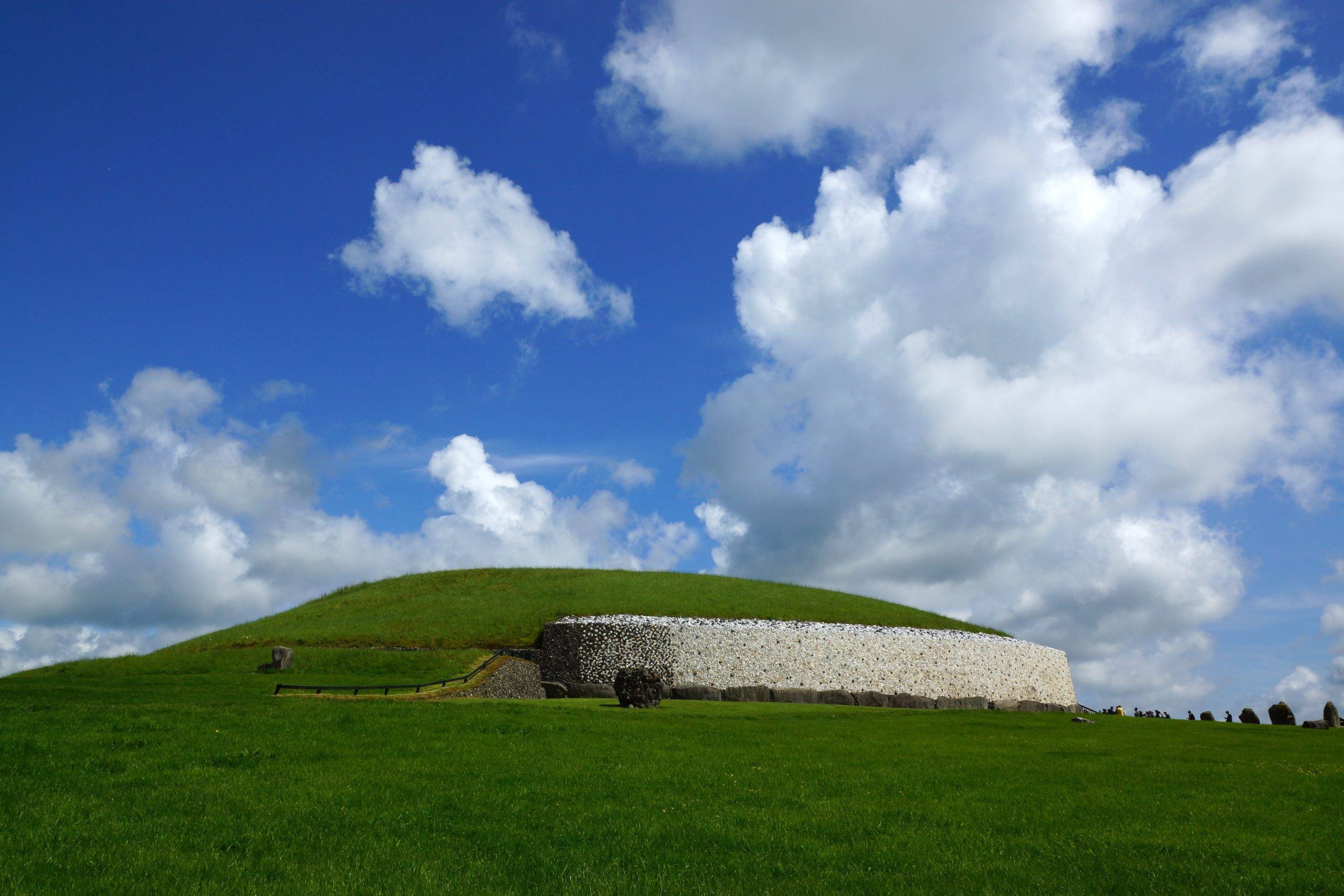Ireland, a land steeped in history and mythology, is home to some of the most captivating ancient sites and historical places in the world. From the mystical megalithic tombs of the Boyne Valley to the rugged beauty of the Ring of Kerry, adorned with Iron Age forts, Ireland’s landscape is a tapestry of tales from the past. These sites are not just stone and earth; they are the embodiment of Ireland’s rich cultural heritage, telling stories of invasion, pilgrimage, kingship, and struggle. Each stone circle, each ancient monastery, and each castle ruin whispers secrets of a bygone era, inviting visitors to step back in time and explore the legacy of the Celtic, Viking, and Norman ancestors who shaped this enchanting land. Whether you’re drawn to the spiritual allure of early Christian sites like Glendalough or the haunting majesty of medieval castles like Cahir, Ireland’s ancient sites and historical places offer a profound connection to the past, making it a must-visit destination for history enthusiasts and adventurers alike.
Get your dose of History via Email
Newgrange
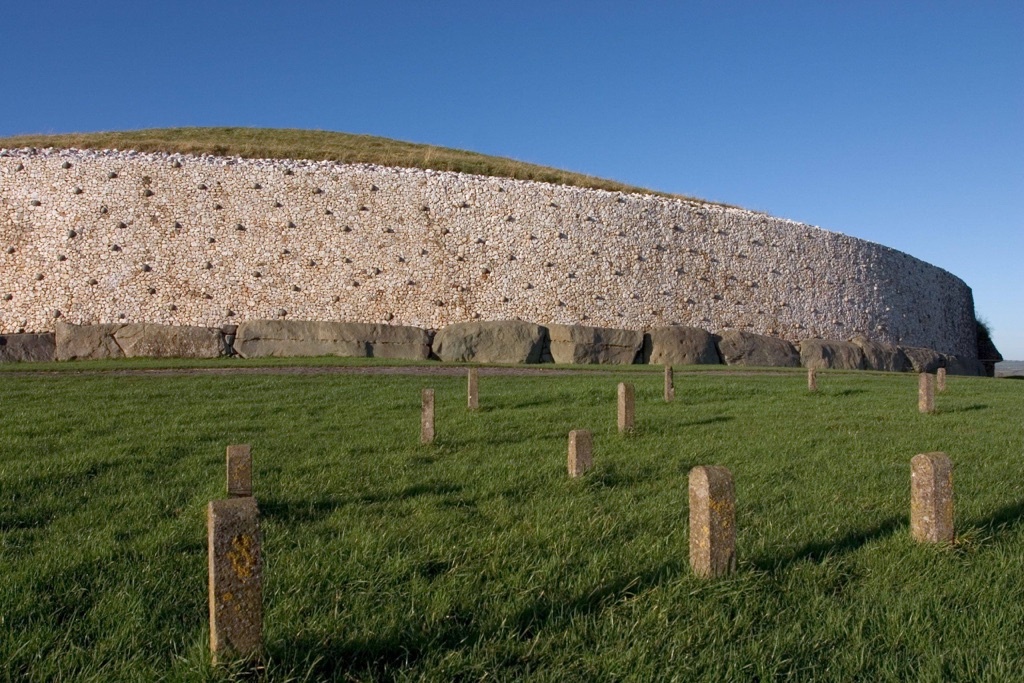
Newgrange stands as a testament to Ireland’s ancient past, dating back to around 3200 BC. This prehistoric monument is older than Stonehenge and the Egyptian pyramids. It’s famed for its large circular mound and a stone passageway leading to a chamber. During the winter solstice, sunlight illuminates the chamber in a breathtaking display. For visitors, the best time to visit is around the solstice, but booking in advance is crucial. There’s an entrance fee, which includes access to the visitor center and guided tours.
Rock of Cashel
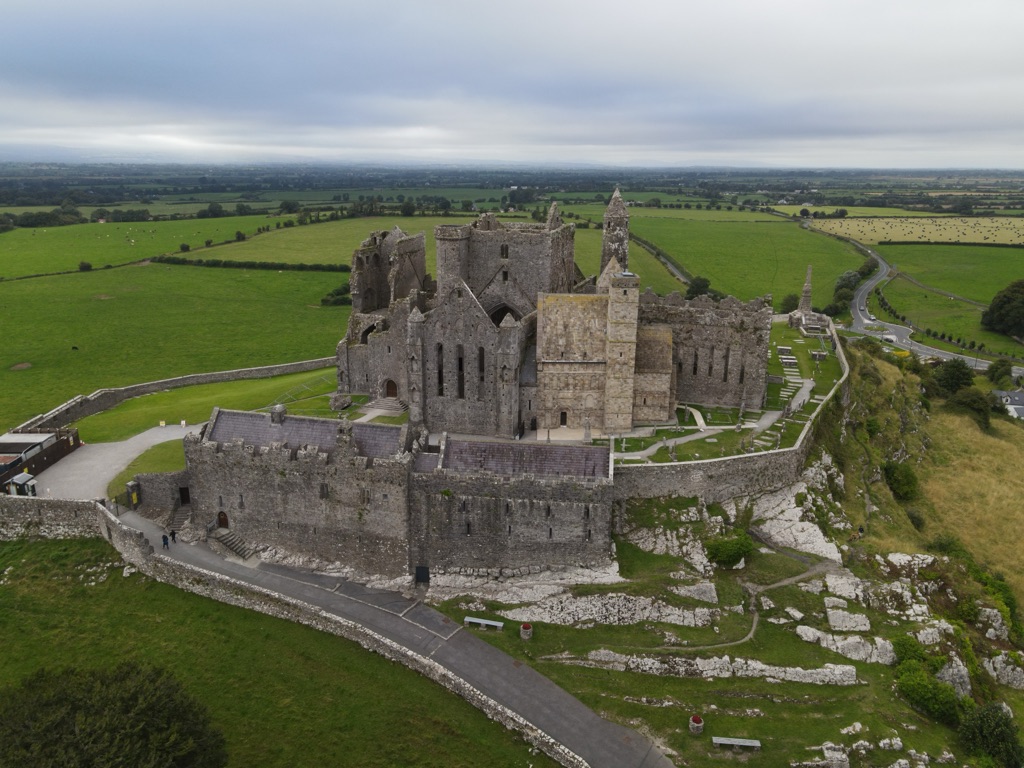
The Rock of Cashel, also known as St. Patrick’s Rock, is a historic site in County Tipperary. It’s a collection of medieval buildings set on a limestone hill. The site includes a 12th-century round tower, High Cross, and Romanesque Chapel. The Gothic cathedral and the 15th-century castle are also striking. The Rock of Cashel dates back to the 4th century AD. Visitors should check for seasonal opening times. There’s a small fee for entry, and the golden hour before sunset offers stunning views.
Skellig Michael
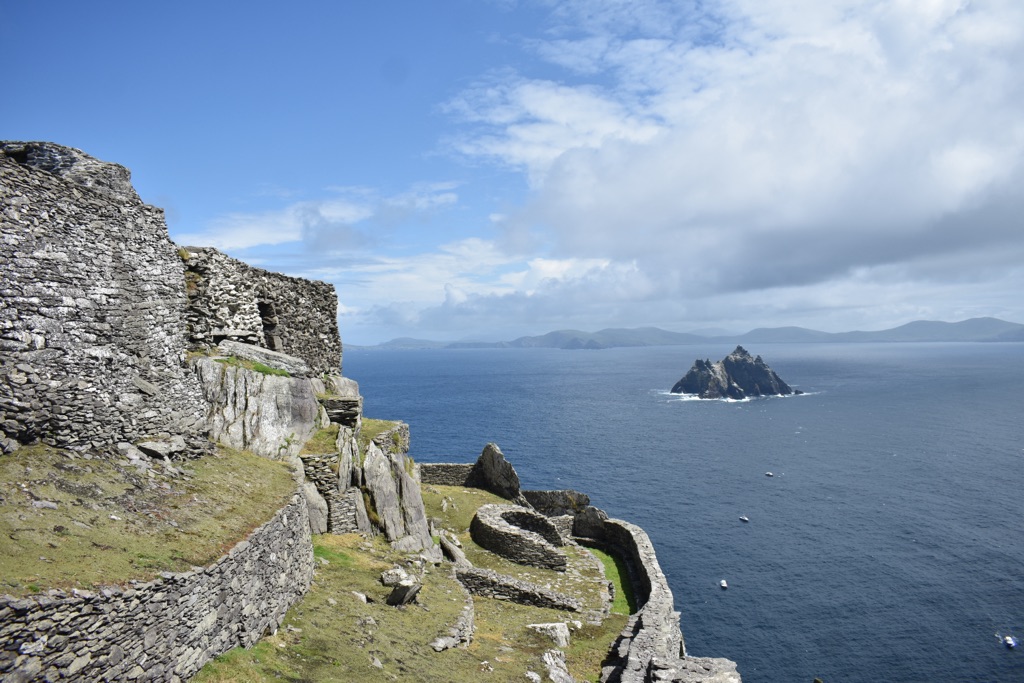
Skellig Michael, off the coast of County Kerry, is a monastic site from the 6th century AD. This UNESCO World Heritage Site features beehive huts, stone crosses, and slabs. The monks lived in isolation, braving the harsh Atlantic conditions. The climb to the monastery is steep, so visitors should wear sturdy shoes. The site is open from May to October, weather permitting, and boat trips are chargeable. Booking ahead is essential due to limited access.
Glendalough
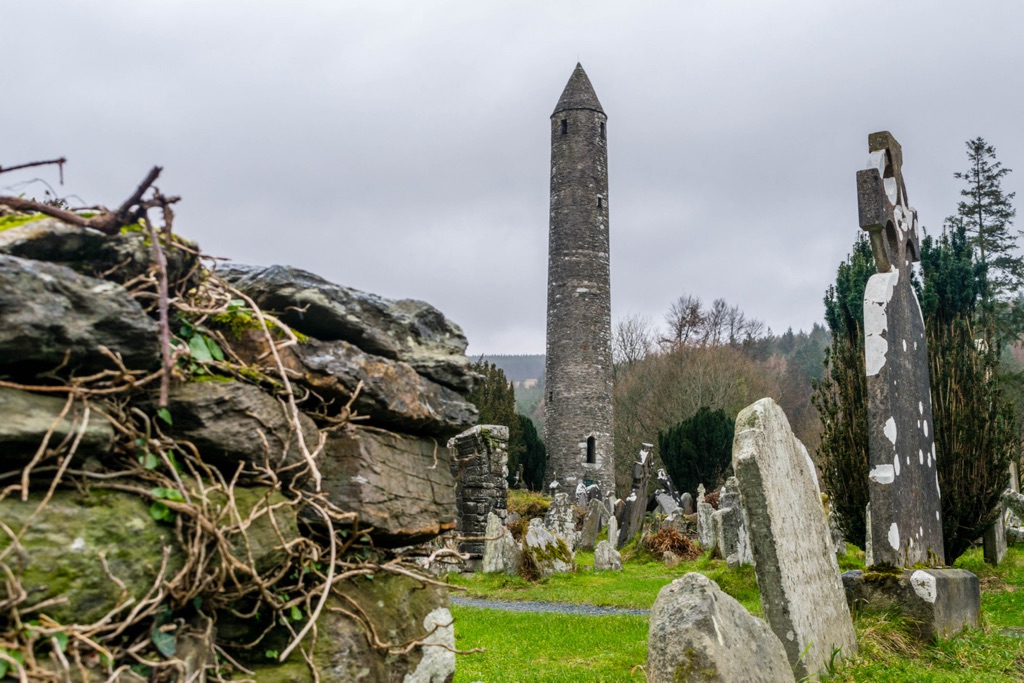
Glendalough, or the Valley of the Two Lakes, is a monastic site founded in the 6th century AD by St. Kevin. It’s in County Wicklow and features a round tower, stone churches, and decorated crosses. The site is nestled in a glacial valley, offering breathtaking scenery. Visitors can explore for free, but there’s a parking fee. The site is open year-round, and early mornings offer a peaceful experience.
The Hill of Tara
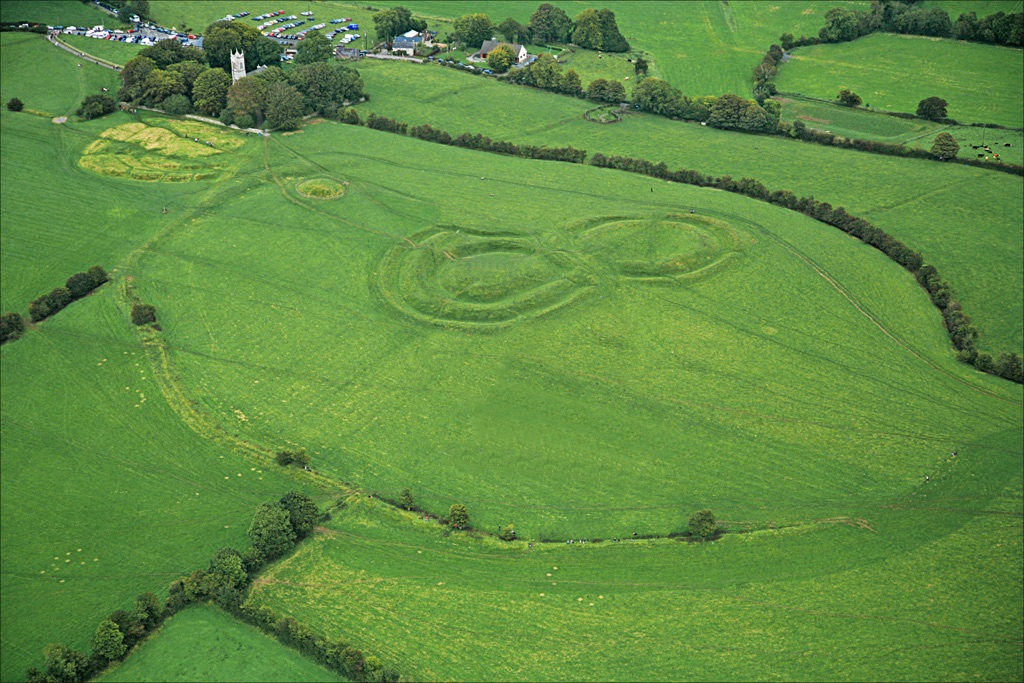
The Hill of Tara in County Meath was once the seat of the High Kings of Ireland, with significant activity between the 6th and 12th centuries AD. It’s a complex of ancient monuments, including the Lia Fáil, or Stone of Destiny. The site is central to Irish mythology and history. Visitors can walk the grounds for free, and the best time to visit is during the summer. Guided tours are available for a deeper understanding of its history.
Dún Aonghasa
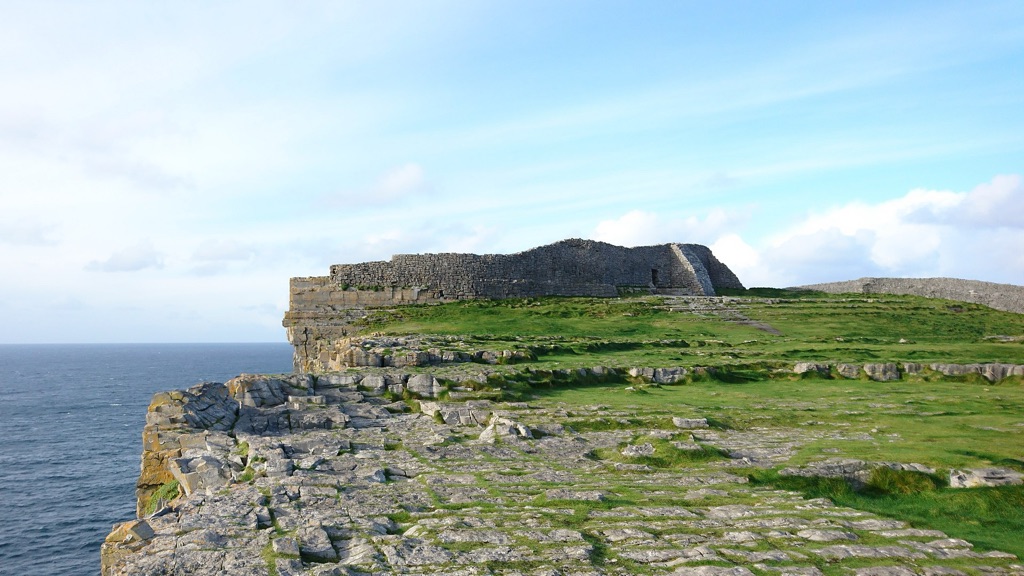
Dún Aonghasa is a prehistoric hill fort on the Aran Islands, dating back to 1100 BC. Perched on a cliff edge, it offers dramatic Atlantic views. The fort’s walls and chevaux-de-frise are key features. Visitors should be cautious near the cliff edges. The site is accessible by ferry, with an entrance fee for the fort. The best time to visit is during the summer months, and early morning visits help avoid crowds.
Clonmacnoise
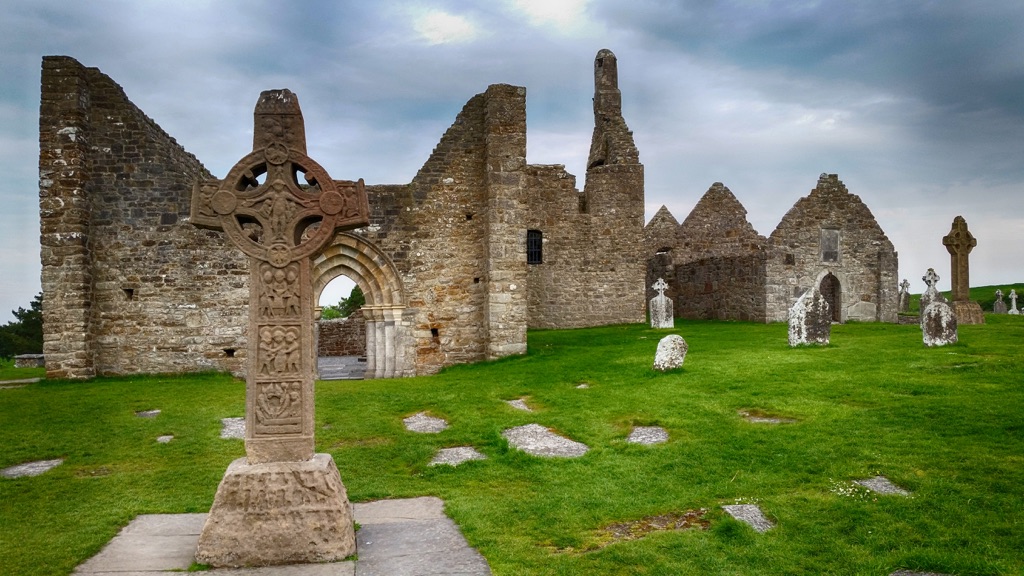
Clonmacnoise, founded by St. Ciarán in the 6th century AD, lies at the crossroads of medieval trade routes in County Offaly. It’s an ecclesiastical site with high crosses, round towers, and the ruins of a cathedral. The site’s scriptorium was a center of learning and craftsmanship. Visitors should consider attending the annual pattern day in September. There’s an entrance fee that includes access to the visitor center and exhibitions.

